Early Medieval Art
1/15
There's no tags or description
Looks like no tags are added yet.
Name | Mastery | Learn | Test | Matching | Spaced |
|---|
No study sessions yet.
16 Terms
St. Matthew, Lindisfarne Gospels, Hiberno-Saxon, c. 715–25 CE
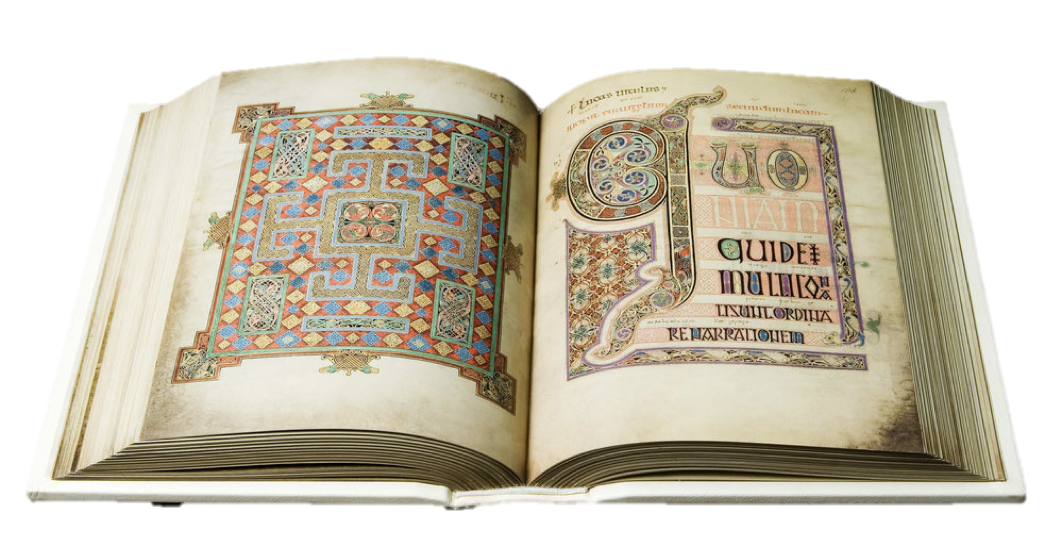
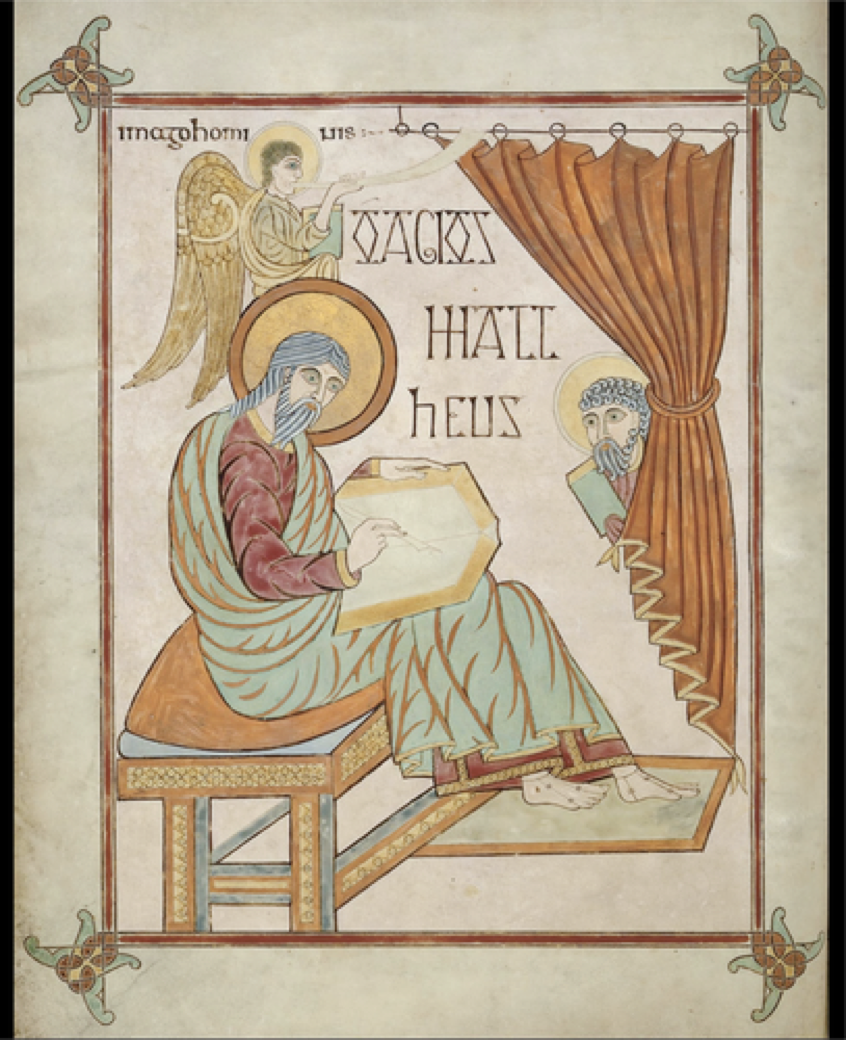
Cross Carpet Page, Lindisfarne Gospels, Hiberno-Saxon, c. 715–25 CE
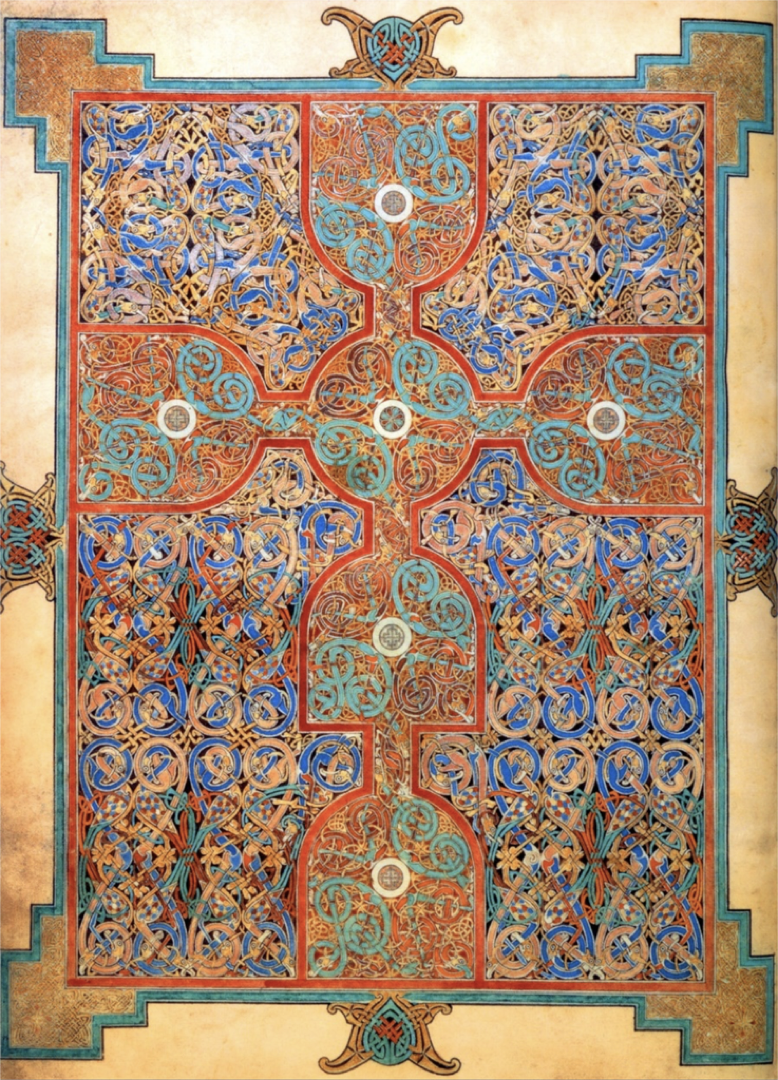
Chi Rho Iota Page, Book of Kells, Hiberno-Saxon, late eighth or early ninth century CE
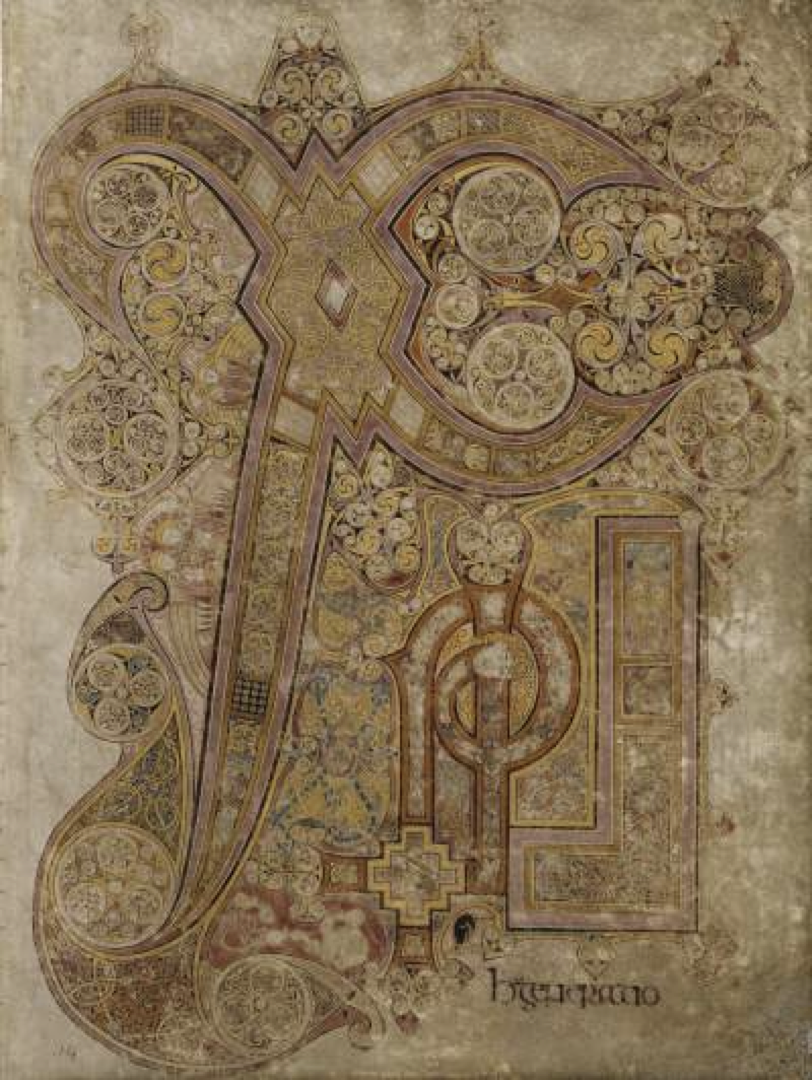
Palatine Chapel, Aachen, Carolingian, 792–805 CE
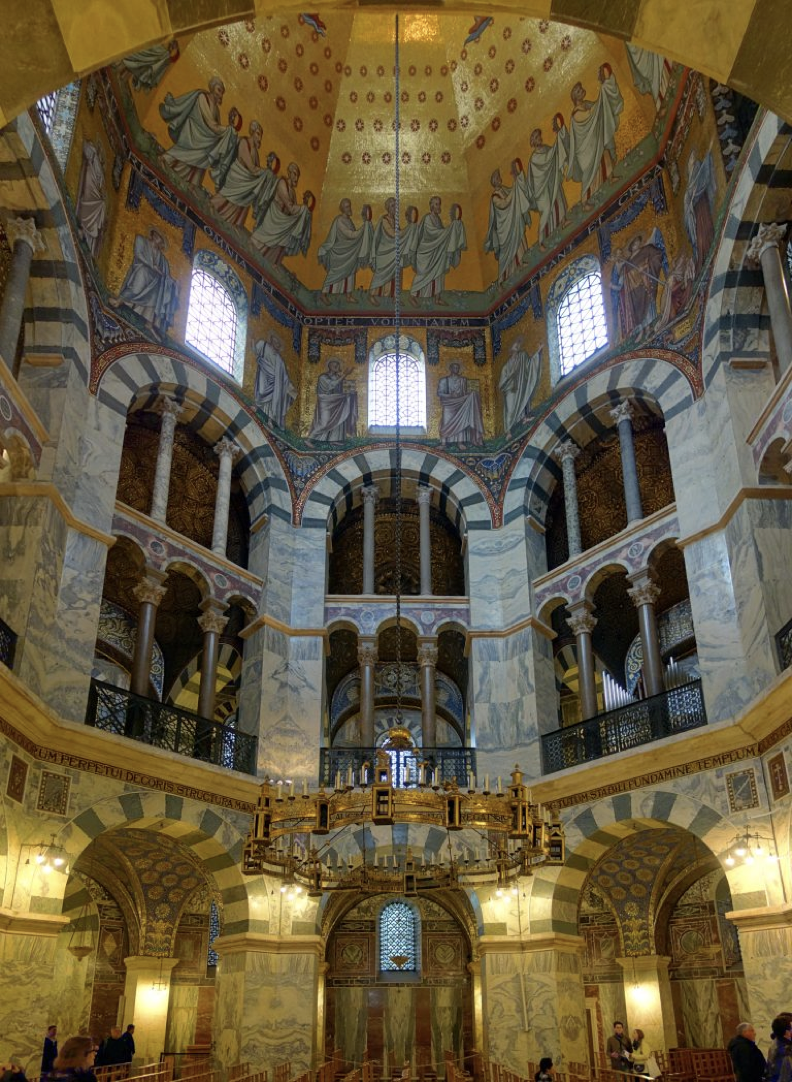
Manuscript
From the Latin phrase manu scriptus or “written by hand,” a book written and produced by hand. During the Middle Ages, before the advent of printing in the fifteenth century, all books were manuscripts.
Folio
A piece of paper or vellum; a single page in a book. When detached from a book, often called a leaf. In pre-modern practice folios are often only numbered on one side; modern page numbering would thus result in twice as many pages as folios in the same book
Carpet Page
a full page in an illuminated manuscript containing intricate, non-figurative, patterned designs. They are a characteristic feature of Insular manuscripts, and typically placed at the beginning of a Gospel Book
Incipit
Latin for “here begins.” Refers to the opening word or words of a medieval Western manuscript or early printed book.
Golden Buckle, from Sutton Hoo burial, Anglo-Saxon, c. 600–50 CE
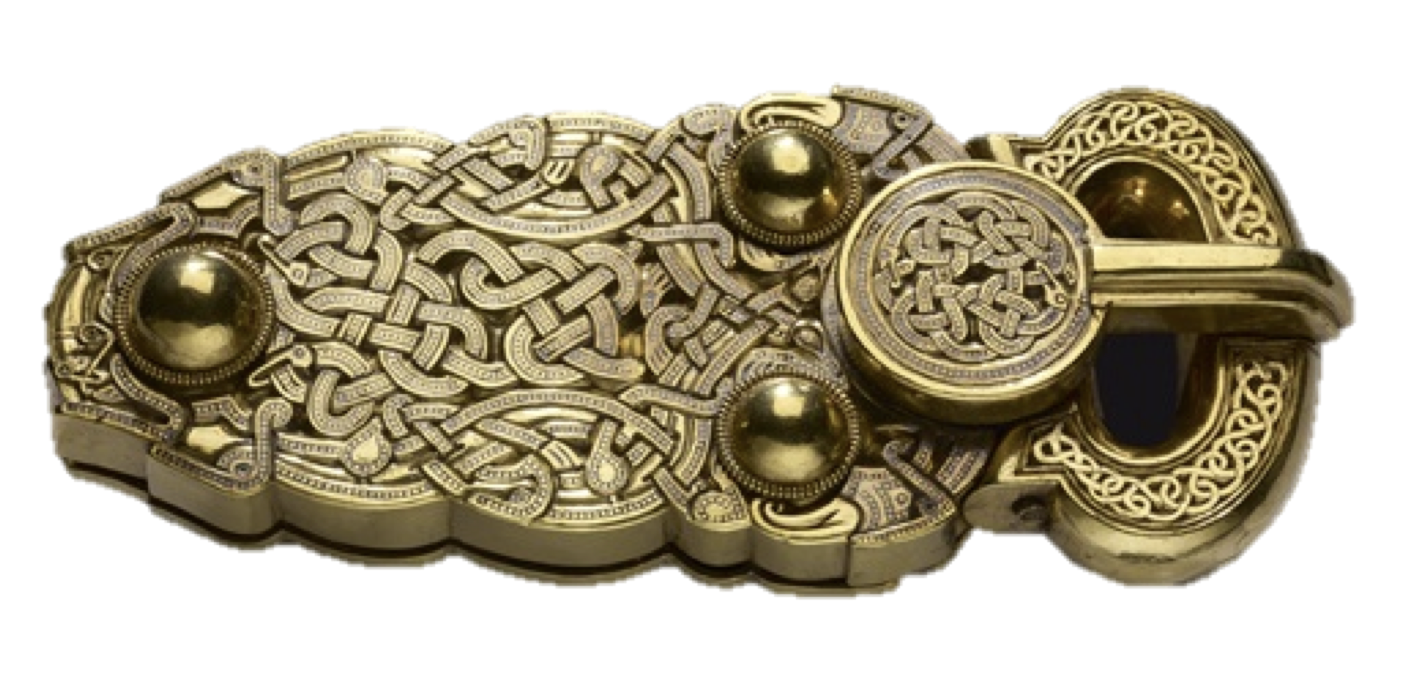
Jelling stone raised by King Bluetooth circa 986
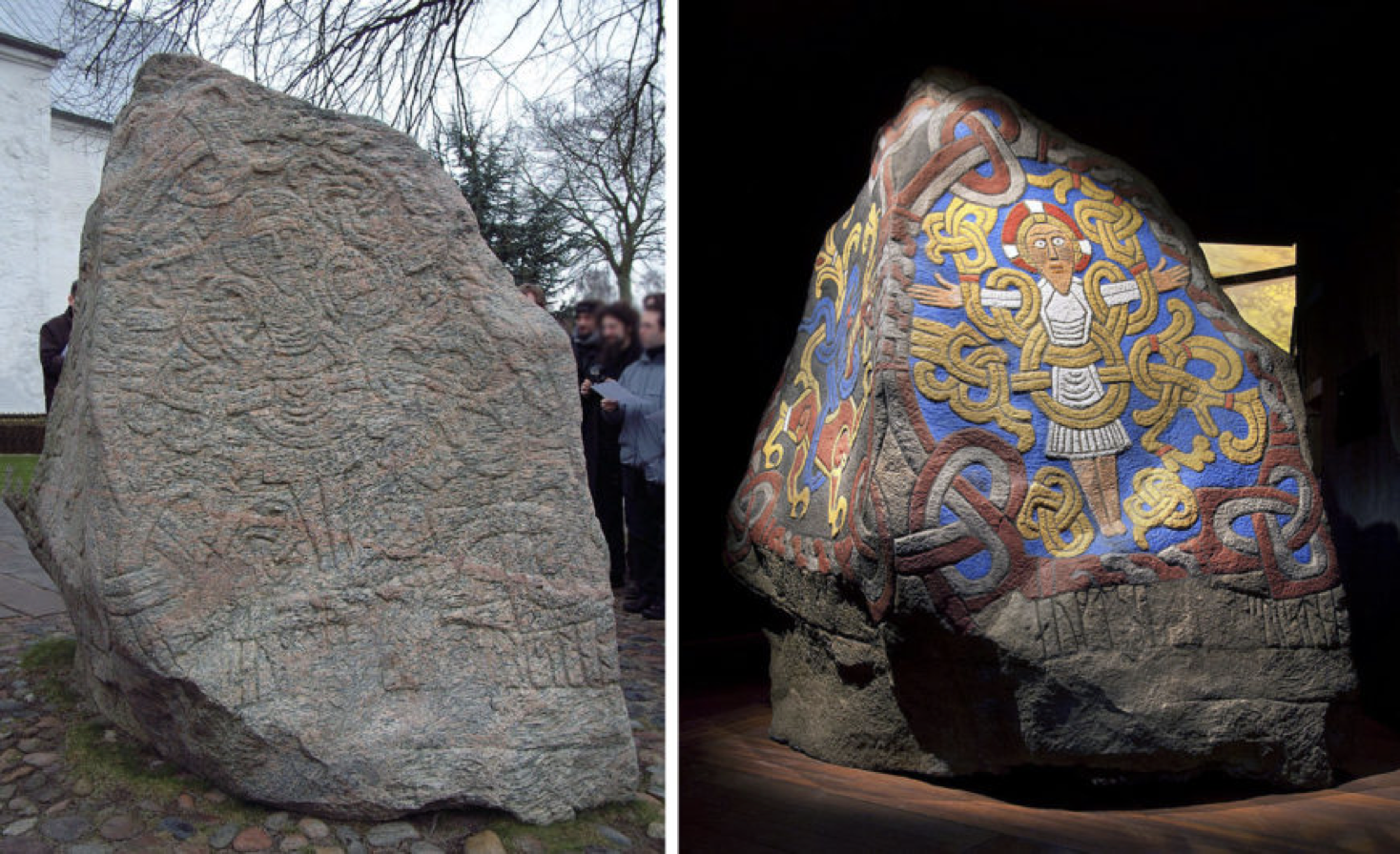
Urnes Stave Church, c. 1132, wood, Ornes, Norway
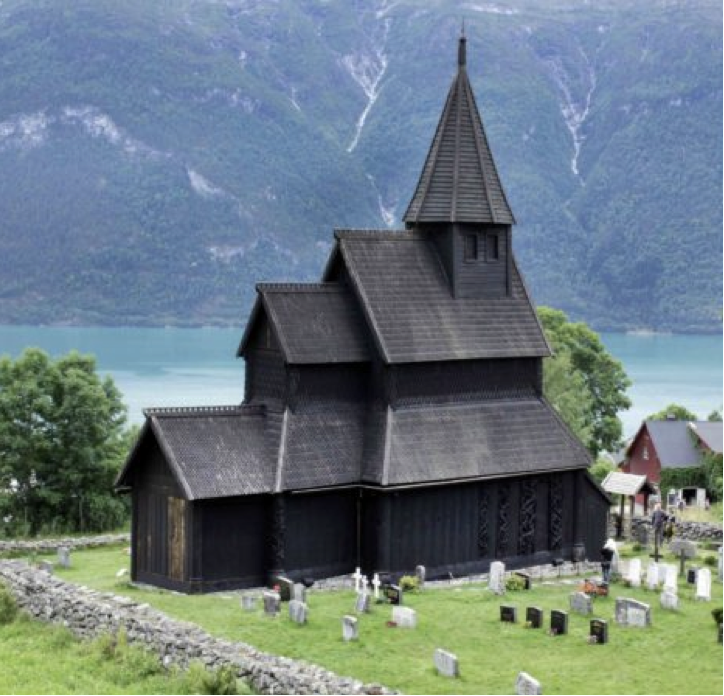
Barbarian
term used by ancient Greek and Romans to refer to foreign peoples
Anglo-Saxon
a cultural group who spoke traced their origins to Germanic settlers and inhabited much of what is now England and south-eastern Scotland in the Early Middle Ages. The Anglo-Saxon period in Britain is considered to have started by about 450 and ended in 1066, with the Norman Conquest.
Runestone
a raised stone with a runic inscription; the term can also be applied to inscriptions on boulders and on bedrock
Stave
one of a number of narrow strips of wood, or narrow iron plates, placed edge to edge to form the sides, covering, or lining of a vessel or structure
Animal Style
used to describe the “zoomorphic” or animal-based design motifs popular among Anglo-Saxon artisans during the medieval period. abstract animal motifs merge with geometric and organic motifs, creating a lively and intricate pattern, especially in metalwork.